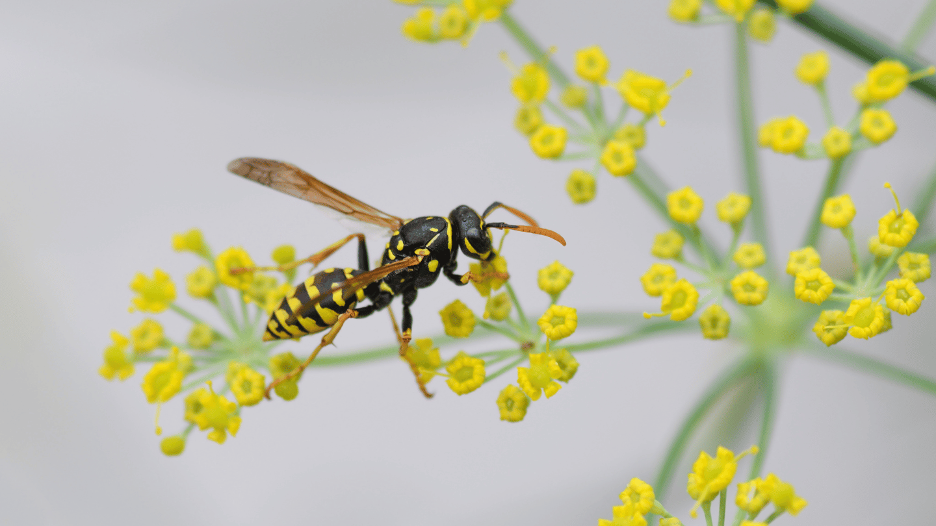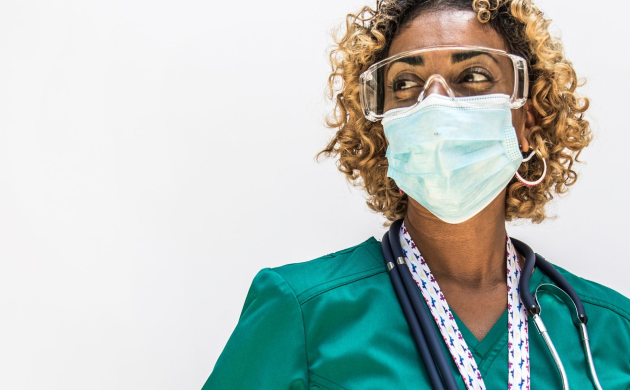
Quick relief: how to treat a wasp sting.
It's summertime: sunlit days, blooming flowers and vacations. But summer also has the ever-present buzz of wasps. Imagine you're enjoying a perfect picnic when suddenly, a sharp pain strikes—you're stung. While these insects play their role in the ecosystem, a chance encounter can leave you with a painful (and potentially dangerous) sting.
Don't be scared; the key to turning a potentially unpleasant situation into a minor hiccup is knowing how to treat a wasp sting quickly and effectively. Let’s learn the essential steps you should take right after being stung, how to recognize serious reactions and how CityMD can help you bounce back in no time.
Steps to take right after being stung.
Immediate actions.
- Remove the stinger (if present). While wasps usually don’t leave their stingers behind, it’s always good to check. Use a flat-edged object like a credit card to scrape it off.
- Clean the sting site. Gently wash the area with soap and water to remove any wasp venom and lower the risk of infection.
- Apply a cold pack. Place a cold pack or ice wrapped in a cloth on the sting to reduce swelling and numb the pain. Apply it for 10-minute intervals.
- Take pain relievers. Over-the-counter pain relievers like ibuprofen or acetaminophen can help manage pain and reduce inflammation.
- Elevate the affected area. If you are stung on an arm or leg, keep it elevated to reduce swelling.
Recognizing serious reactions.
Most wasp stings cause mild to moderate reactions. However, it’s crucial to be well-informed and know when you’re having a severe allergic reaction that needs immediate medical attention at your local CityMD urgent care.
Wasp stings: local vs. severe reactions.
- Local reaction. Redness, swelling and pain at the sting site are common and usually subside within a few hours to a few days.
- Severe allergic reaction. If you have trouble breathing, swelling of the face or throat, rapid pulse, dizziness, or a sudden drop in blood pressure, you might be experiencing anaphylaxis, a life-threatening allergic reaction. Call 911 or get to the nearest emergency room immediately.
How long does it take for a wasp sting to heal?
Typically, a wasp sting heals within a few days to a week. Mild swelling and redness may persist, but these should gradually improve. If symptoms worsen or don’t improve, seek medical attention.
What draws out a wasp sting?
While wasps usually don’t leave their stingers behind, treating the sting site with a paste of baking soda and water can help neutralize the venom and reduce itching. Applying a cold pack can also help reduce swelling and draw out the venom.
Bee sting vs. wasp sting: what’s the difference?
Although you may think the two stings may be the exact same, they’re quite different. Here are the main differences between bee stings and wasp stings.
Bee stings.
- Single sting: Bees can sting only once because their barbed stinger gets stuck in the skin, causing the bee to die after stinging.
- Venom: Bee venom has proteins that affect skin cells and the immune system, causing pain and swelling.
Wasp stings.
- Multiple sting: Wasps can sting multiple times because their smooth stinger doesn’t get stuck in the skin.
- Venom: Wasp venom has different toxins that can cause pain, itching and swelling.
Treating wasp stings at CityMD.
If your symptoms persist or if you experience a severe reaction, it’s time to visit CityMD. Here’s how we can help:
Professional treatment.
- Medication. Our healthcare providers can administer antihistamines, corticosteroids or epinephrine for severe allergic reactions.
- Wound care. We’ll ensure the sting site is clean and treated to prevent infection.
- Follow-up care. We provide ongoing care to monitor your recovery and address any complications.
Summary: steps to take after a wasp sting.
- Remove the stinger (if present).
- Clean the sting site with soap and water.
- Apply a cold pack to reduce swelling.
- Take over-the-counter pain relievers. 5. Elevate the affected area.
Signs of severe allergic reactions.
- Difficulty breathing
- Swelling of the face or throat
- Rapid pulse
- Dizziness
- Drop in blood pressure
Conclusion
Remember, knowing how to treat a wasp sting can make a huge difference in your recovery. You can manage the situation effectively by following these steps and recognizing when to seek help. If you experience severe symptoms or if home remedies don’t provide relief, visit your nearest CityMD.
Our friendly healthcare providers are ready to help you with all your urgent care needs. Just walk in when you need us – no appointment necessary! summer and if you need us, we are here for you at CityMD.

We’re ready to care for you.
Visit any CityMD urgent care location in your community today for an evaluation with one of our expert providers.